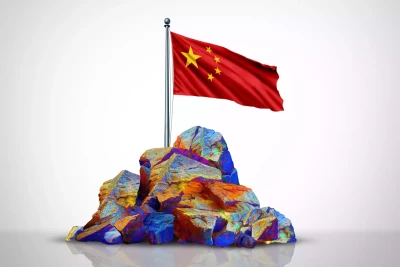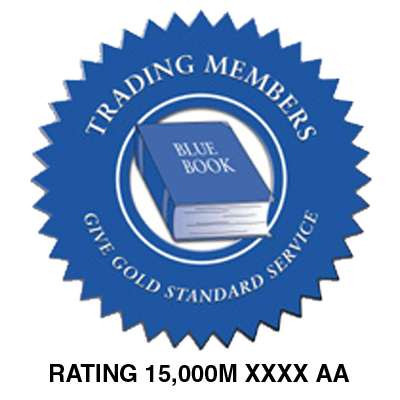Supply Chain Wake-Up Call: Rare Earths, Pharmaceuticals, and Policy Challenges
October 14, 2025
 In recent years, the United States has faced a wake-up call regarding its dependence on foreign sources for key industrial and pharmaceutical materials. The pandemic highlighted critical vulnerabilities, particularly in the pharmaceutical industry, where access to essential medications and raw materials proved alarmingly fragile. Much of that supply originated in China, underscoring the need to rebuild domestic production capacity and reduce exposure to international disruptions.
In recent years, the United States has faced a wake-up call regarding its dependence on foreign sources for key industrial and pharmaceutical materials. The pandemic highlighted critical vulnerabilities, particularly in the pharmaceutical industry, where access to essential medications and raw materials proved alarmingly fragile. Much of that supply originated in China, underscoring the need to rebuild domestic production capacity and reduce exposure to international disruptions.
“We found out during [the pandemic] that we’re a little exposed,” says Allianz Trade Senior Economist Dan North. “A lot of raw materials for pharmaceuticals came from China and we didn’t really have much production of those materials.”
Another area of growing concern is the global supply of rare earth metals. These minerals are essential to the production of high-tech equipment, including communications devices, magnets, and defense systems. China currently dominates the market, controlling the majority of global supply. Although there are efforts underway in the U.S., such as lithium mining operations in Nevada, establishing a robust domestic supply chain will take years. Until then, China retains significant leverage in global trade negotiations, adding new complexity to tariff and policy decisions.
With the holidays approaching, will global supply chain turmoil spell chaos for the consumer market? Watch the latest episode of the Stay In Your Lane Podcast for timely economic insights.
Meanwhile, on the economic front, the Federal Reserve’s battle against inflation continues to influence interest rates across multiple sectors. While the Fed’s rate adjustments have a ripple effect on mortgages, auto loans, and commercial lending, these changes tend to happen slowly, particularly when it comes to rates that benefit lenders, like credit card interest, which currently averages around 21%.
“There’s definitely a lag,” says North. “Other rates don’t come along as fast and they don’t fall as fast. ‘Sticky’ is the word for this.”
Energy and food prices add another layer of unpredictability. Because they are subject to external factors like geopolitical conflict, natural disasters, and commodity speculation, they remain largely beyond the Fed’s control. That’s why policymakers often focus on the “core” inflation rate, which strips out volatile energy and food costs to better gauge the underlying health of the economy.
 As the nation approaches the holiday season, retailers are navigating murky waters of their own. Many placed orders early to avoid potential tariff increases on Chinese imports—a smart move given that an estimated 50–70% of all goods sold in the U.S. come from China. Early buying may help stabilize prices in the short term, but those purchasing later could face higher costs. Despite widespread consumer pessimism about inflation, spending remains relatively strong, suggesting that the holiday shopping season could still deliver solid results.
As the nation approaches the holiday season, retailers are navigating murky waters of their own. Many placed orders early to avoid potential tariff increases on Chinese imports—a smart move given that an estimated 50–70% of all goods sold in the U.S. come from China. Early buying may help stabilize prices in the short term, but those purchasing later could face higher costs. Despite widespread consumer pessimism about inflation, spending remains relatively strong, suggesting that the holiday shopping season could still deliver solid results.
For logistics and transport professionals, these trends highlight a pivotal moment. As global supply chains evolve and economic conditions shift, staying informed and agile will be key to maintaining stability in an increasingly unpredictable environment.
Triple T Transport’s 3PL services help shippers navigate uncertainty with responsive logistics solutions, a trusted carrier network, and the experience to adapt quickly to changing market conditions. Whether it’s managing seasonal demand, mitigating risk, or optimizing routes for cost efficiency, Triple T keeps freight moving, no matter what challenges lie ahead.














